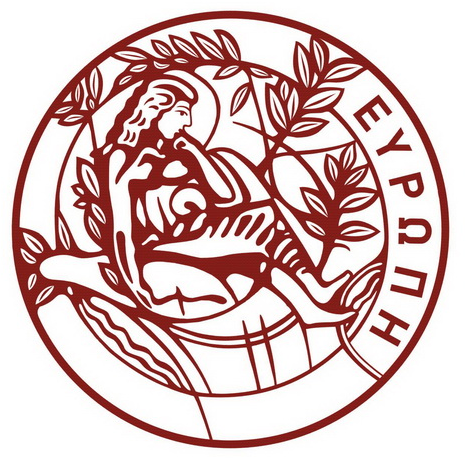PhD Candidate
MARIOS EVANGELOS TRIANTAFYLLOU RUNDELL
trima@materials.uoc.gr
Phone
Office
Personal web page
Title
Structure-Property Relationships in Halide Perovskites Towards Thermoelectric and Optoelectronic Applications
Supervisor
STOUMPOS KONSTANTINOS, Associate Professor, Materials Science & Technology Dept. - UOC
Committee Members
SAVVIDIS PAVLOS, Professor, Materials Science & Technology Dept. - UOC
, Assistant Professor, Institute of Science and Technology, Austria
Abstract
Two-dimensional (2D) perovskites have been attracting extensive attention due to their intrinsic stability compared with their three-dimensional (3D) counterparts and their various optoelectronic applications, from photovoltaics to lasing. These materials are widely tailorable in composition, structure, and bandgap, and provide an intriguing playground for the solid-state chemistry and physics communities to uncover structure-property relationships. Three-dimensional (3D) halide perovskites, which have the general formula AI BIIX3, consist of [ΒΧ6]4- corner-sharing octahedra of divalent B-site cations, bridged by halide anions (X = Cl−, Br−, I−), to create a 3D anionic network. Small monovalent organic or inorganic A-site cations (MA+, FA+, Cs+) occupy cuboctahedral cavities in between the B−X sublattice and provide charge neutrality in the compounds. Through the dimensional reduction of the 3D crystal lattice, 2D perovskites, (A′)m(A)n−1BnX3n+1 , adopt a new structural and compositional dimension, A′, where monovalent (m = 2) or divalent (m = 1) cations can intercalate between the anions of the 2D perovskite sheets. Most of the exploration on 2D perovskites has mainly focused on the metal and halide part of the structure. During this PhD, new types of perovskite structures will be synthesized with main focus on the influence of different properties of organic spacers, such as volume, chain length, conjugation, dielectric constant, etc., on the specific properties of the 2D perovskite. In particular, the diversity of organic spacers properties exerts a crucial impact on the properties of the corresponding perovskite crystal, and a deeper understanding of the correlation between how the spacer changes the structure and how it translates through the thermoelectrical and optoelectronic properties, will be prioritized.


